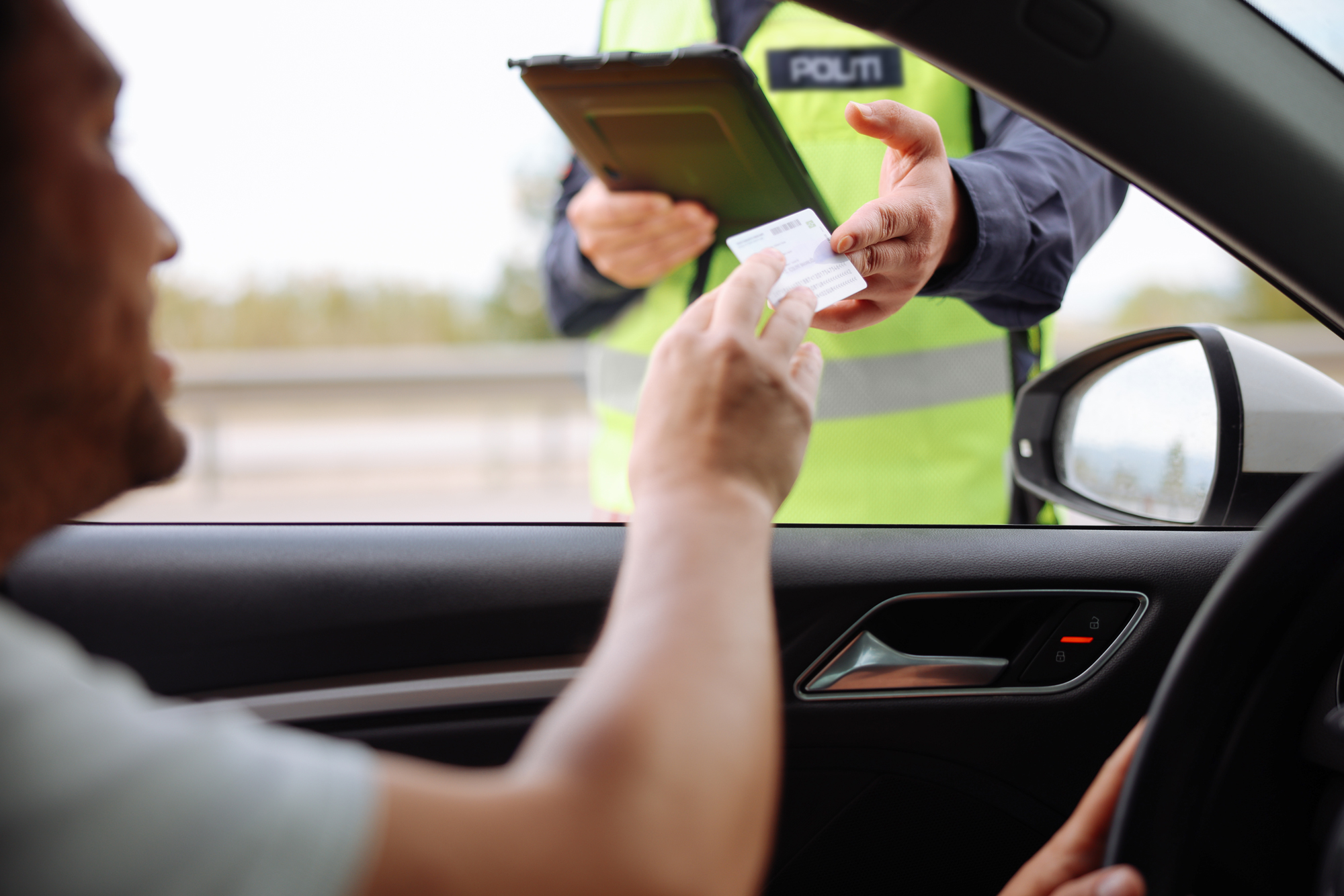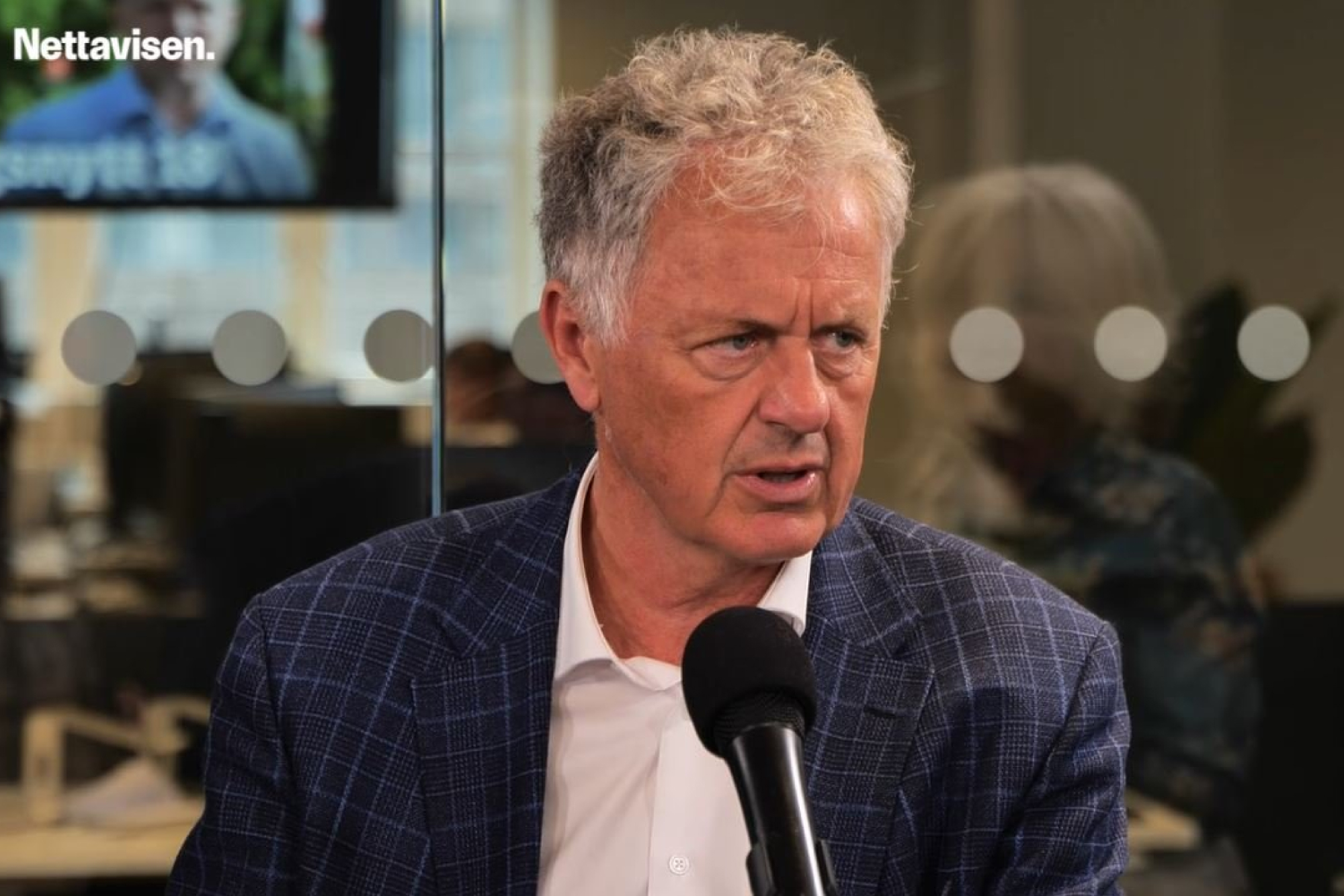Through an exciting pilot project, Safedrive and K160UTR hope to develop emergency vehicle notification – a new solution that can increase safety for both emergency services and other road users.
Now the world's most expensive fines are getting even more expensive. The Labor Party is increasing the fine rates once again, despite the proposal being slaughtered by experts.

Increasingly high fines are met with criticism from experts. Nevertheless, the fine rates will be increased from March 15th.
– The level of traffic fines has increased sharply in recent years. We are calling for documentation that higher fines actually contribute to fewer traffic violations and fewer accidents.
This is stated by Ingunn Handagard, press manager at NAF.
This year, the government will also increase the rates to keep up with price increases. This comes after the Ministry of Transport and Communications faced strong reactions in 2023 to its decision to increase fines by a full 30 percent . One year later, in 2024, the fine rates were adjusted again, this time in line with a price increase of around 5 percent.
– The fines are now at a very high level. It is an important principle that a punishment is reasonable and proportionate to the violation committed, says Handagard.
The Police Directorate rejects the proposal.
"The Police Directorate (POD) is of the opinion that the fine rates are now so high that it is currently not necessary to increase the rates to maintain the preventive and punitive effect of the fines. Recent studies also conclude that measures to increase fine rates for simplified fines have the lowest traffic safety effect. Based on this, POD believes that there is no basis for supporting the proposal to increase the fine rates," the consultation response states.

Ingunn Handagard, press manager at NAF, believes the rates are now at such a high level that it is problematic. Photo: NAF.
Newspaper editor Gunnar Stavrum of Nettavisen is also critical .
– The government has increased fines by 40 percent in three years. The sky-high fines have no support in research, but are a drain on motorists' wallets. The increase that is now proposed has in practice nothing to do with road safety, or what the Police Directorate considers to be "very marginal or zero."
– And the directorate says bluntly that the increase in fine rates is really only to increase revenue for the state, and criticizes that the rates are being increased without anyone assessing the motorists' ability to pay or whether the measures have any effect at all, he continues.
In its consultation response, NAF questions the motivation behind the proposal, and advocates that traffic fines should be linked to income.
"The proposal reinforces the impression that the motive is other than traffic safety. The lack of documentation of effects is a significant weakness of the proposal."
"We believe that an investigation should be conducted into whether income-based fines may be relevant in Norway. Here, we believe that one can look to Finland and the system they have there. This can strengthen people's sense of justice, and make the fine rates perceived as having a preventive effect regardless of individual financial situation," writes NAF.

Newspaper editor Gunnar Stavrum is one of many who criticize the new fine rates. Photo: Nettavisen.
Gunnar Stavrum also believes that the fine rates will be perceived as unfair.
– The problem with constantly increasing fines is that it seems antisocial, and feels unfair when the punishment does not match the offense.
– For many, 10,450 kroner after tax is a hefty fine – for others, it's more to shrug off.
– The point is that traffic fines are not there to increase the surplus in the treasury, but to change dangerous behavior in traffic. Therefore, the Minister of Transport should listen when his own department butchers the proposal, he concludes.
Read all the new fine rates here .
In connection with the new fine rates that were recently announced, several people have questioned whether the Safedrive service is in violation of the Road Traffic Act, Section 13, which prohibits warning devices, manipulation devices, and the like in motor vehicles. However, this concern is misconceived.
These fines apply to radar detectors and laser jammers and come from a ban in Section 13 of the Road Traffic Act, which deals with equipment that blocks, receives or sends signals from or to equipment for the control and monitoring of traffic. Safedrive does not fall into this category. Safedrive is a legal product and a legal service. The service disseminates publicly available information, and falls under the freedom of expression enshrined in the Constitution. Use of Safedrive is not punishable.
Sign up for our newsletter to get the latest news and information about what's happening in Safedrive.
By continuing, you agree that we handle your personal data in accordance with our privacy policy.
Would you like to go to the Norwegian edition?